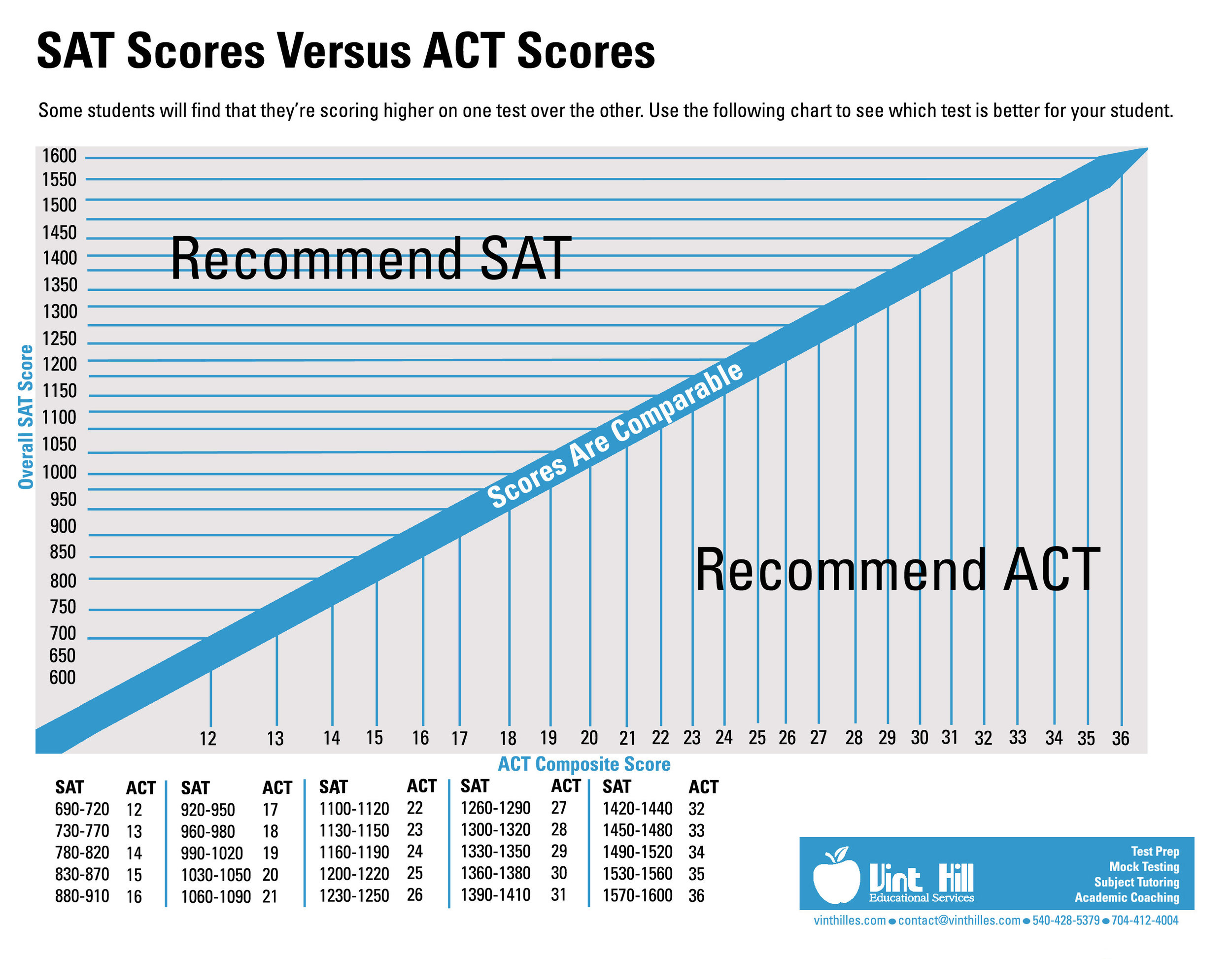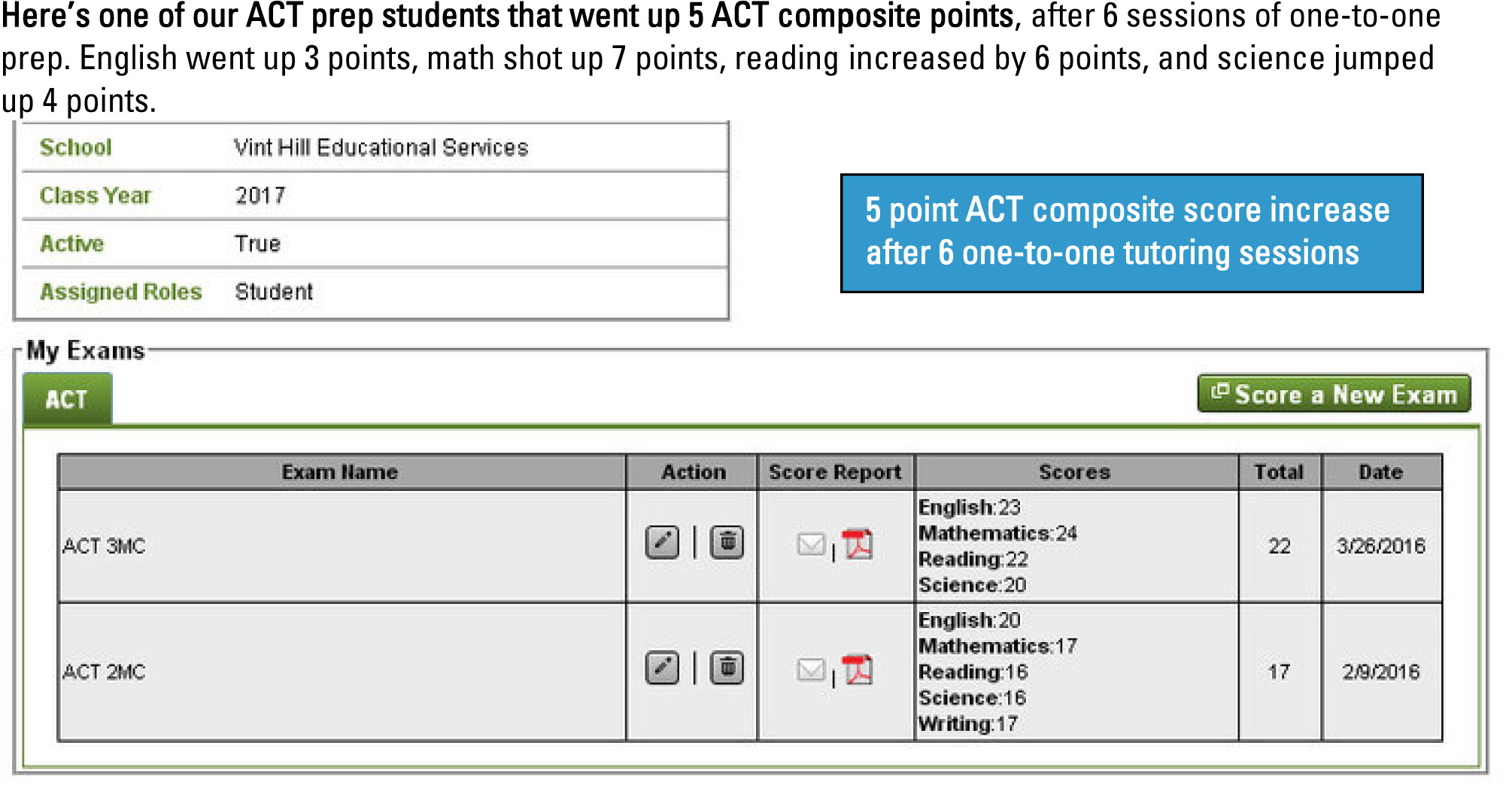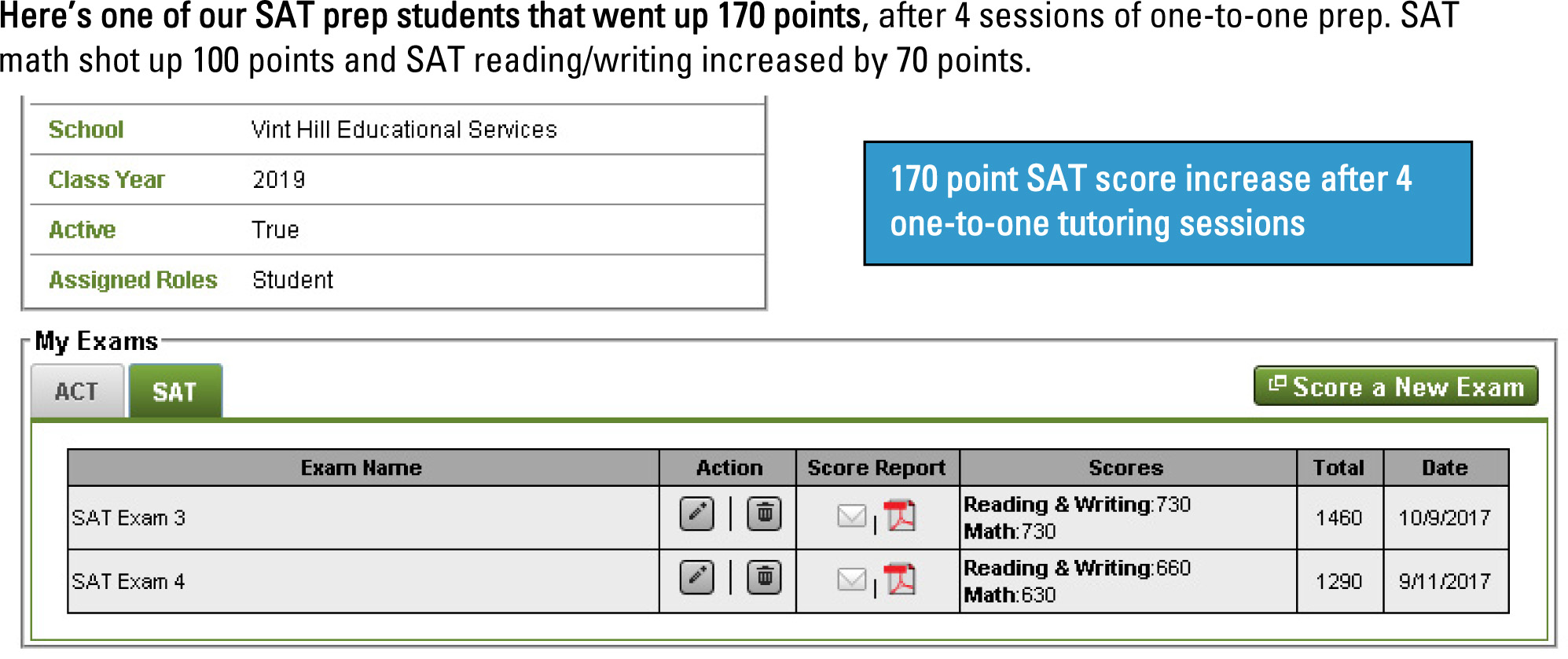For many students the first weeks of school can be a big adjustment after the less structured days of summer, whether they were spent at home or on vacation. Think of this time of the year as an opportunity to establish new, positive patterns that will carry you into your future success during the school year. Here are some tips for getting back into the routine before school begins and beyond:
Set those alarms! Figure out when you’ll need to leave for school and work backward from there. Get up, take your shower and get dressed as if it were a school day. Then when the day comes, you will be awake and ready on time.
Read, Read, Read! Get the brain working while improving your vocabulary. Studies have shown that the best way to keep your brain functioning at its peak is by reading books.
Go to Bed Early! Once school starts you’ll need to be able to fall asleep in time to get at least the recommended seven and a half hours sleep, so train your body to fall asleep early starting NOW. Cut off screen time at least thirty minutes before you go to bed.
Clean Out Old School Supplies and Closets! Free up mind space by cleaning out your closets, your drawers, your backpack, and your desk. You’ll find the peace of mind it gives you is phenomenal. And you’ll have room to organize the new!
Eat Breakfast as Soon as You Wake Up! Whether it’s a granola bar, cereal, a piece of fruit, or eggs and toast, breakfast is still the most important meal of the day. So do your best to get something into your system right away. When you go to school you need brain power, energy, and a good attention span—all of which are fueled by your meals!
Get Curious! Smile, and look forward to all the new things you are going to learn at school!
Implementing these simple steps can ease the transition from lounging to learning, and help you make sure you’re ready to hop back into the school routine. Once you do, you’ll be amazed at how good you feel with what you accomplish each day, and how easy it is to embrace the challenges of your new schedule!
——————————————————————————————————————
CONTACT US FOR A FREE PRACTICE TEST PACKET AND DIAGNOSTIC REPORT (VIEW SAMPLE STUDENT REPORTS: ACT, SAT, SSAT, ISEE, AND HSPT)
Vint Hill Educational Services offers mock tests for the ACT and SAT. These are taken in a group setting to simulate the testing environment. For the ACT and SAT, we will review the scores to see which test the student is scoring higher on. Since all colleges and universities accept both tests, it's beneficial to know if your child is scoring higher on the ACT or SAT. Check out our ACT versus SAT comparison chart for test differences. Sometimes the difference is like night and day, and for others, it may be a hairline higher on one versus the other. The student won't know which test is better, unless the individual takes one of each. We'll use our score concordance chart in order to make a test recommendation.
2019-2020 MOCK ACT/SAT TEST DATES
VIENNA, VA AREA:
Click here to register for a mock ACT/SAT or click on a specific test date below.
ACT - 7/27/2019, 10/12/2019, 1/18/2020, 3/7/2020, 5/16/2020
SAT - 8/3/2019, 9/28/2019, 11/30/2019, 2/15/2020, 5/23/2020
WARRENTON, VA AREA:
Click here to register for a mock ACT/SAT or click on a specific test date below.
ACT - 7/20/2019, 9/28/2019, 11/9/2019, 1/11/2020, 3/21/2020, 5/9/2020
SAT - 7/27/2019, 9/21/2019, 11/16/2019, 1/25/2020, 3/7/2020, 5/16/2020
RICHMOND, VA AREA:
Click here to register for a mock ACT/SAT or click on a specific test date below.
ACT - 7/27/2019, 10/12/2019, 1/18/2020, 3/7/2020, 5/16/2020
SAT - 8/3/2019, 9/28/2019, 11/30/2019, 2/15/2020, 5/23/2020
CHARLOTTE, NC AREA:
Click here to register for a mock ACT/SAT or click on a specific test date below.
ACT - 7/20/2019, 9/28/2019, 11/9/2019, 1/11/2020, 3/21/2020, 5/9/2020
SAT - 7/27/2019, 9/21/2019, 11/16/2019, 1/25/2020, 3/7/2020, 5/16/2020
We also offer one-to-one mock testing at our offices. This consists of a full-length practice test for your child. Tests include: ACT, SAT, PSAT, SSAT, ISEE, HSPT, and SAT Subject Tests. We provide the test booklet, essay booklet, answer sheet, testing timer, calculator, and pencils.
We can send parents a practice test as well, to administer to their student in-home. We will send out a free practice test packet along with proctoring instructions. Parents must send the answer sheet back to us via email or mail.




















